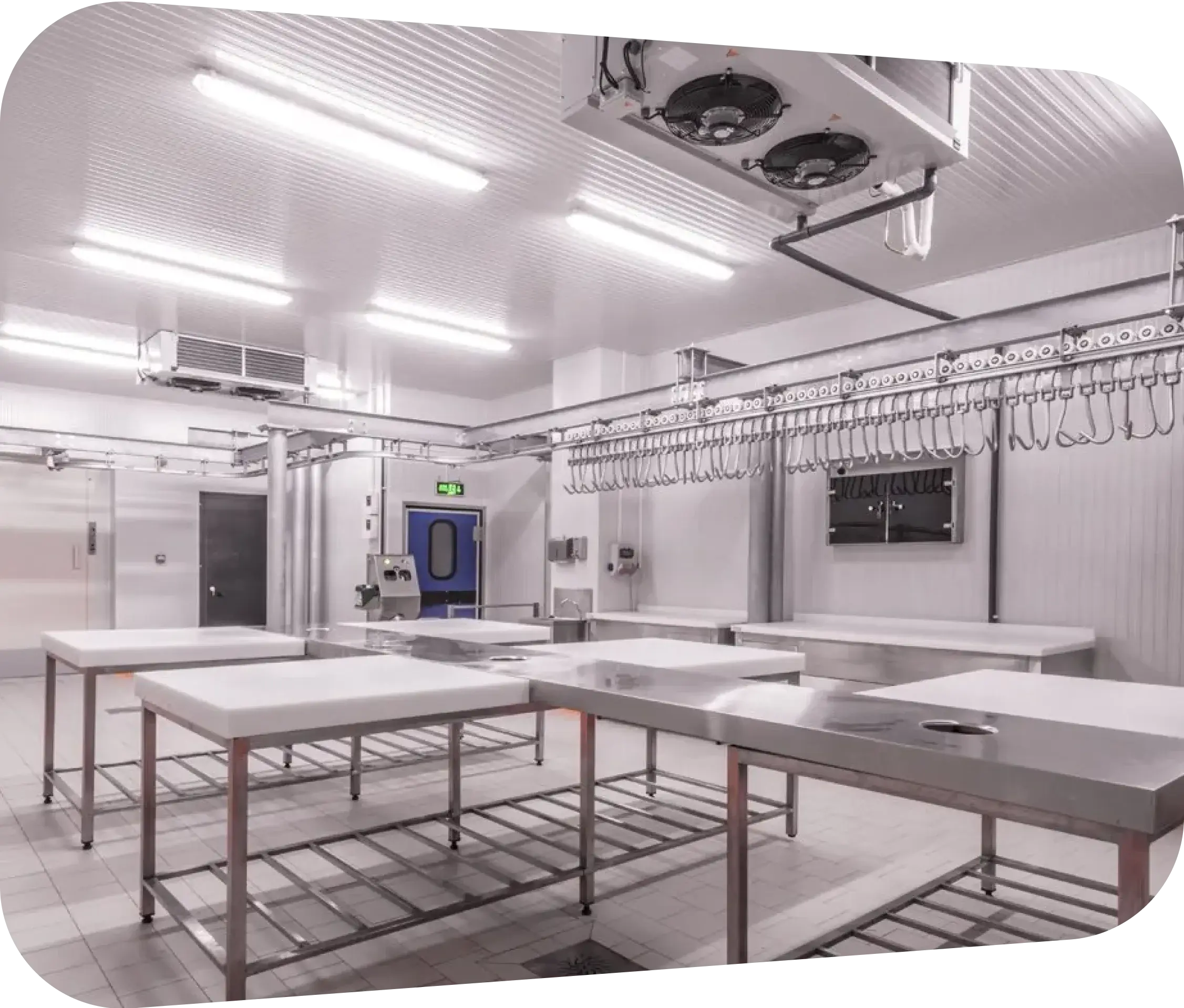Kitchen Services lets you experience walk-in freezer repair near me. Yes, you heard it right! If you need to get your walk in coolers or freezer repair contact us. We offer repair servicing for walk-ins, ice machines, and restaurant freezer in Santa Monica, Los Angeles, and surrounding areas. Whether it’s a scheduled repair job or an emergency service, our team is ready to help.
Besides Repair Services, we also offer walk in freezer Installation service for all commercial setups.
How We Offer Reliable Commercial Walk-In Refrigerator and Freezer Repair Services Los Angeles
Our team offers 24-hour appliance repair with team specializing in refrigeration equipment repair in Los Angeles. We handle commercial refrigeration needs, including walk-in freezer repair in both Los Angeles and Orange County. From emergency service calls to routine maintenance, our team ensures your refrigeration systems operate efficiently and meet health and safety standards.
We provide fast, reliable restaurant freezer repair, handling everything from minor issues to complete walk-in freezer replacements. Whether you’re facing temperature inconsistencies, malfunctioning components, or door seal problems, our team offers comprehensive commercial freezer door repair, refrigeration repair, and commercial walk-in refrigeration repair. Trust us for prompt, local walk-in refrigerator repair near you, ensuring your business stays operational with minimal downtime.
Our team offers walk-in freezers repair services and commercial walk-in freezer repair to keep your commercial walk-in coolers and appliances running smoothly. Whether you’re repairing a freezer or searching for professional walk-in freezer service near me, we deliver quality workmanship with fast response times and dependable service.


